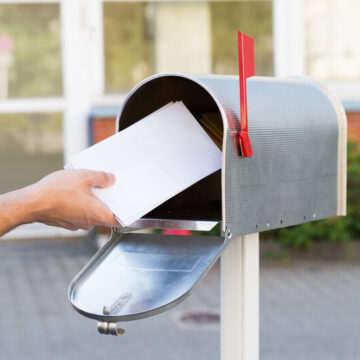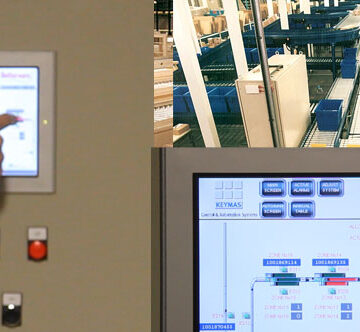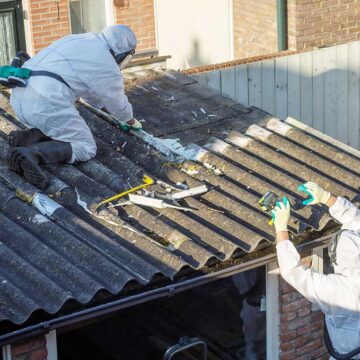During the winter season, house owners are advised to have driveway heating or salting. This is typically used to eliminate snow and ice from walkways.
Also, you may find numerous ways to melt the ice in the market. The most popular ones are via heating or salting. There are some of the most essential process of driveway heating by heavenly heat too.
In as much as both ways help one to realize the same goal that is to melt ice, their functions vary. Besides, they also have their pros and cons.
Those who still do not know what is the difference between salt and heating ought to understand how each product works, and its pros and cons.
Salted Driveways:-
For years, this has been a great product for melting ice during the winter months of the year. Not known to many people, rock salt is sodium chloride in mineral form. It works by penetrating the surface of ice by forming a strong solution of water and salt, which is commonly referred to as brine.
Since salt and brine’s freezing point is much lower than that of water, the ice will start melting, and won’t form again as provided the adequate rock salt is available. Typically, rock salt also establishes grit and gravel particles that increase traction on driveways, walkways, and even stairs.
Pros and Cons of Salted Driveways:-
- Rock salt is one of the cheapest ice melting products. It is also readily available in retail outlets.
- Significantly, rock salt can be used to prevent the accumulation of salt in surfaces since it has a low freezing point of 25 degrees Fahrenheit.
- Although it’s effective, it is harmful to plant life. Therefore, it shouldn’t be used in vegetated areas.
Heated Driveways:-
Heated driveways are a radiant heat flooring system, which can be installed both indoors and outdoors. For outdoor use, radiant floor systems are a bit beneficial to those who live in very snowy climates. When temperatures are dropped down, heated water and antifreeze are pumped into the tubing, melting any snow that collects on your driveway. From the comfort of your home, you can put on a switch and watch the snow melt away very easily.
Pros and Cons of Driveway heating by heavenly heat:
- Helps in preventing shoveling.
- Also, a heated driveway melts snow and ice safely without danger to your landscape, the environment, or your vehicles.
- A heated driveway actually won’t melt the snow and ice on steps or walkways. You’ll have to install radiant heat in those areas as well and be prepared to keep shoveling them.
- Installing a heated driveway involves tearing out the old driveway and pouring a new one. In done cases, a contractor may be able to install a radiant heating system over the existing driveway by using a resurfacing technique. This method may void the warranty associated with the radiant heating materials, so it should be only used when replacing a driveway is not a feasible option.
















